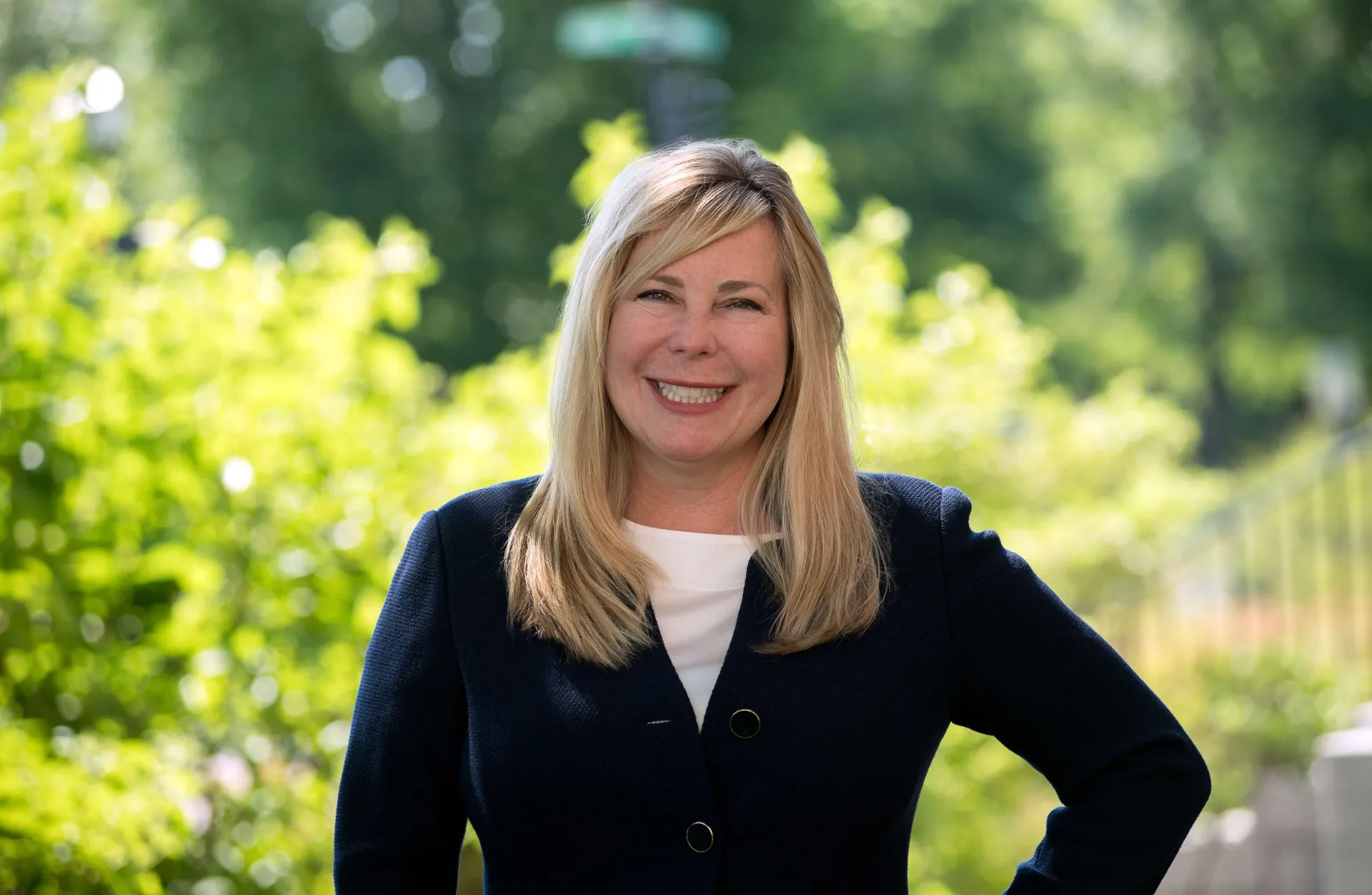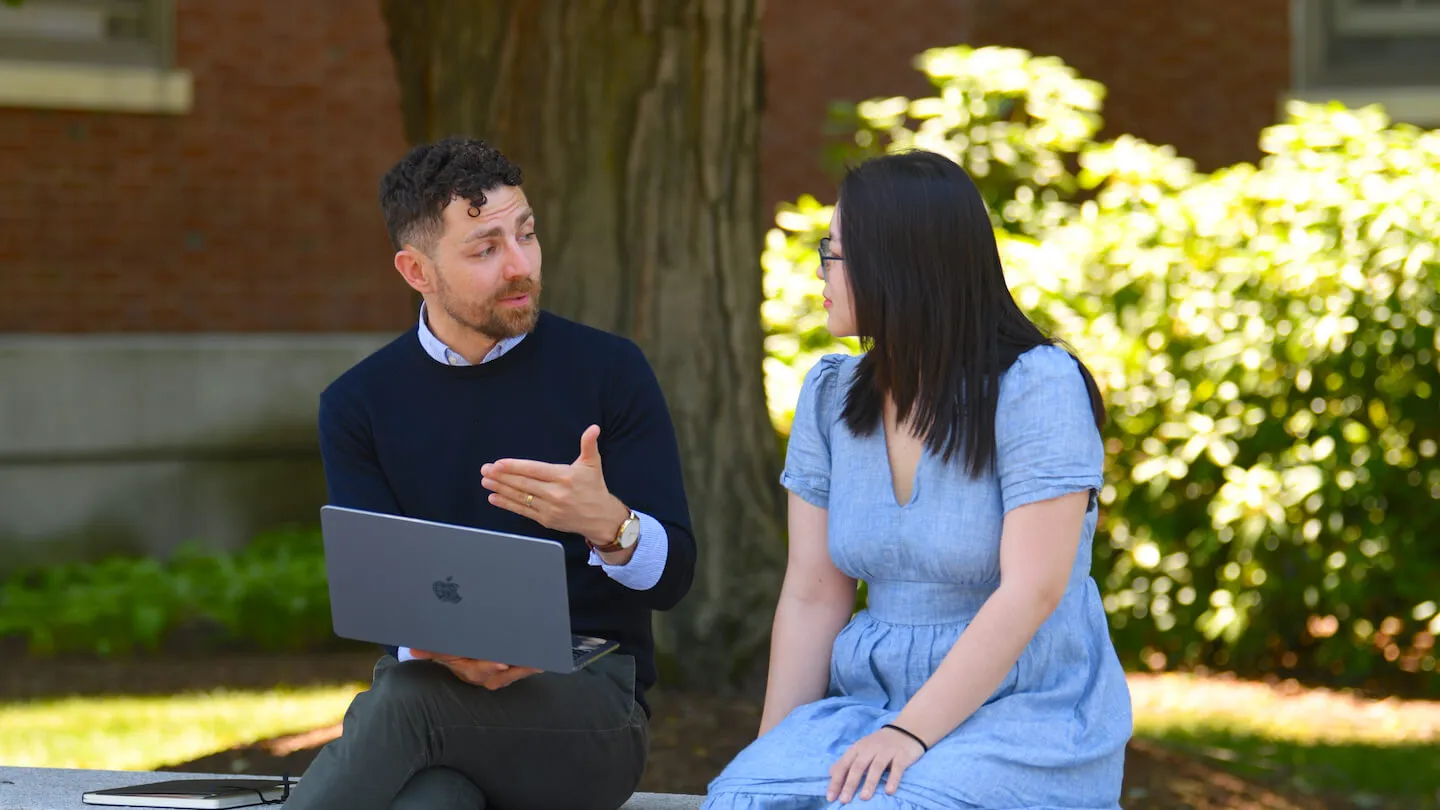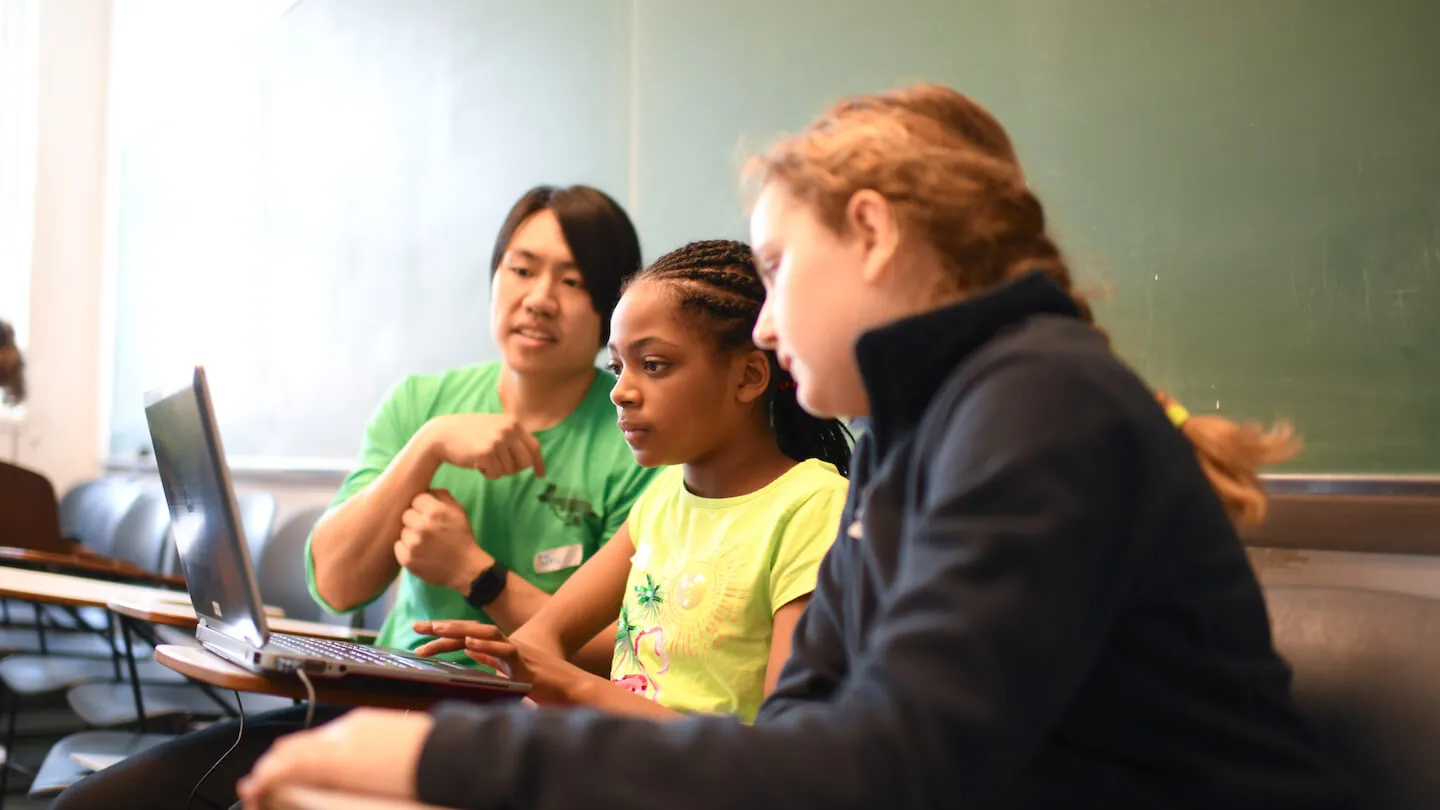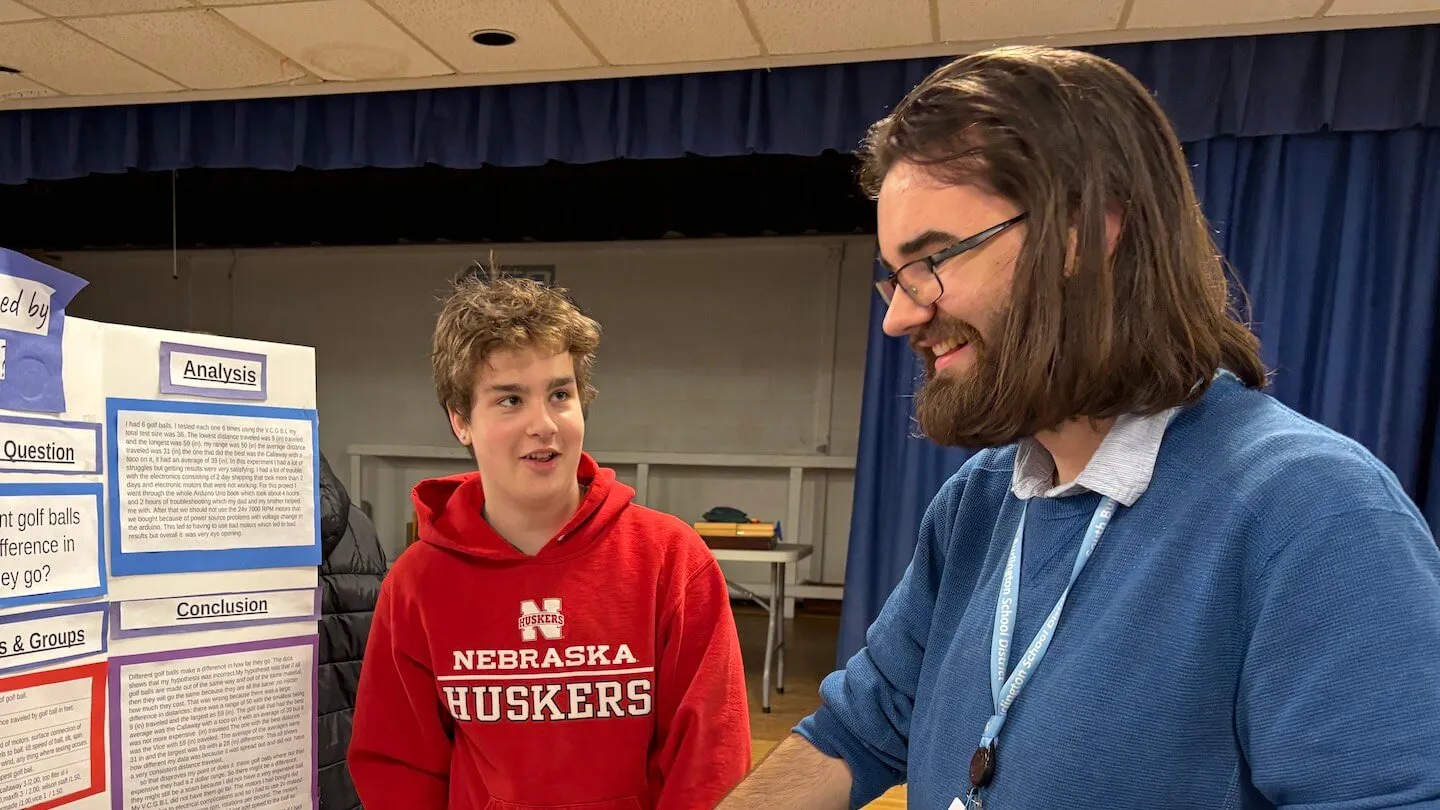Impactful Research for Communities and Commercial Success
School psychologists, counselors, social workers, rehabilitation therapists, behavior clinicians faculty, and doctoral students around the world use singlecaseresearch.org. Initially a set of scholarly works, Dr. Kimberly Vannest, created a web platform to host multiple online calculators of effect sizes for quantifying visual analysis in single case experimental designs. This is one of several curriculum, intervention, progress monitoring, and measurement tools that the professor, university scholar, and chair of Department of Education in the College of Education and Social Services at UVM has taken to scale to make scholarship more accessible.
Other examples of scholarly-based products Vannest has brought to scale included an online daily behavior report-card management system to community with families and caregivers to maximize inclusivity in school settings. The author of more than 200 scholarly works, including 14 books, Vannest’s work is a powerful example of how faculty research extends beyond academia and into meaningful applications with broad commercial appeal.
“There were so many unmet needs I had as a classroom teacher, and I enjoy trying to solve socially-meaningful problems in ways that are scientifically defensible.” Vannest says.
Following the Path from Discovery to Finished Product
According to Vannest, the most important first step in bringing products to scale is to engage in highest quality scholarship during development or prototyping in solving a legitimate problem for the field. “Understanding the problems of practice requires showing up in practice spaces followed by identifying or creating valid and reliable measures of the constructs or problems. That is also key,” she says.
A next step is soliciting feedback and making changes. “That requires being open to hearing what doesn’t work for those who will use the tool” Vannest says. Iterative user testing with feedback on usability, training, expertise needed, ease of use, types of platforms, optimized functions, etc. Participating in research funding from state and federal stakeholders can support this process, as can reviewing grants and manuscripts to learn about how others gain insights.
Partnership is also key. “We created research teams of software developers, web designers, students, and teachers to get the work accomplished,” Vannest adds. “Academics usually know a lot about a little, so we need to find partners to round out the skills that were not a part of our training.”
Identifying the Right Partners
The faculty member brings the intellectual property to be translated into something practical and problem-solving. Bringing that idea, curriculum, tool, practice, etc., to scale can be facilitated with a commercial partner.
“If you don’t know how to take a project to scale,” Vannest says, “find the partners who can help you move it forward. Talk to people in other disciplines, don’t let your own limits stop your ability to solve problems for others. Figure out where your expertise ends and partner with team members who will expand your reach and in turn theirs. If you are a social scientist, you might need someone to develop the app or the resource pages, and who can translate it into protocols and practices that others can use. Academics are often trained in isolation, but moving the work to scale to solve big problems requires broad participation.”
The easy-to-identify partners include government agencies and non-government organizations. The often-overlooked partners are the software, media, and publishing businesses that facilitate the distribution and delivery of ideas, curriculum, best practices, learning materials and activities, or how people access support.
(See “UVM Innovations Provides a Guiding Hand” to learn how UVM offers support, including finding the right partner, for faculty pursuing such opportunities.)
Filling Needs
Vannest notes that many people in education and social services shy away from commercialization because it sounds like the intention is for profit. But she says that the goal is really about increasing accessibility across the population. The word industry may be off putting to those with a mission and vision for social solutions.
However, “our industry is actually the people and the organizations in the communities that we have pledged to serve,” Vannest says. “Going to scale, whether through commercialization or transfer of intellectual property, can help to improve schools by putting high-quality solutions into the hands of those who need them.”
Take, for example, singlecaseresearch.org. This tool offers four or five ways to calculate effect sizes that came out of a problem of practice, which was how to measure change in behaviors or measure change in emotion across time and to have comparable metrics. “The math that is the solution to that problem is not new,” Vannest says, “but the accessibility of that math to most people was.”
Maintaining Motivation
Knowing that she was able to provide access to knowledge, support, or help that someone wouldn’t have had otherwise inspires Vannest to continue to pursue scientific inquiry that may merit going to scale. “When you get emails from all around the globe,” she says, “from countries that you might even need a map to find, it is pretty motivating. When doctoral students from across the US or an institution on the other side of the globe, or a practicing psychologist, or a parent of a child with autism, or a dentist in Arizona, reaches out to say this was a game changer for them. It gives me a great source of energy to keep going. “
Sometimes a product is so widely popular that it financially supports future scholarship or doctoral students or the next steps of the work in a self-perpetuating manner. And it has led to productive partnerships in other schools such as engineering, business, or medicine.
“Across our department people are engaged in amazing work, everything from public health, to student affairs, to training elementary educators to teach reading,” Vannest says. “And that work has tremendous possibility to improve the lives of people in addition to improving our scientific knowledge. But few busy practitioners are reading top tier journal articles or paying for expensive conference registrations so taking scholarship to scale means the knowledge is translated for use. If it isn’t accessible “out there”, we are limiting our impact and limiting our perceived value as academics holding the public trust.”
Vannest notes that most people in academia probably have a list of good ideas, tested solutions that work under certain conditions. She says, “moving from controlled environments to real world applications is challenging work and why research and professional preparation programs are so important together. They inform one another. “Those challenging problems we wish had easy solutions, well they don’t. They require concerted effort of cross disciplinary teams sharing goals. Teams like that (scientists, practitioners with commercial partners) are well positioned to help solution and get those solutions moved to scale.”
UVM Innovations Provides a Guiding Hand
UVM faculty pursuing commercialization can find the help they may need without having to leave campus. The UVM Innovations team provides guidance and support from idea to end product, including help in obtaining patents or licensing.
“We offer support for a variety of entrepreneurial efforts,” says UVM Innovations Director Corine Farewell, “but our primary role is technology transfer, which is when there are discoveries made during the course of research.”
Once a discovery is made, the faculty member can submit an invention disclosure form to UVM Innovations. The project is then assigned to one of two business-development case managers—one for life science and one for physical science and engineering.
The case managers do an assessment either internally, if they have the knowledge, or externally, if it’s something that’s outside of their areas of expertise. They then work with the faculty member to figure out the path forward and the best intellectual property protection strategy.
The team at UVM Innovations works closely with faculty from idea to finished product and beyond. “We stay with them forever,” Farewell says.
“People sometimes get the impression that we're only in it if it’s going to be a billion-dollar endeavor,” she adds. “That is not the case at all. We work with a lot of much smaller but very worthy technologies. Truly some of the most immediate-impact technologies aren’t big money makers.”
Among the many services UVM Innovations offers is a monthly meeting for answering questions. They also host an innovation ecosystem meeting every other week to talk about what’s happening at the different colleges so that different groups can then align and help each other coordinate and collaborate.
“We work really hard to connect all of the pieces at UVM,” Farewell says. “We’re a pretty busy little bunch.”



